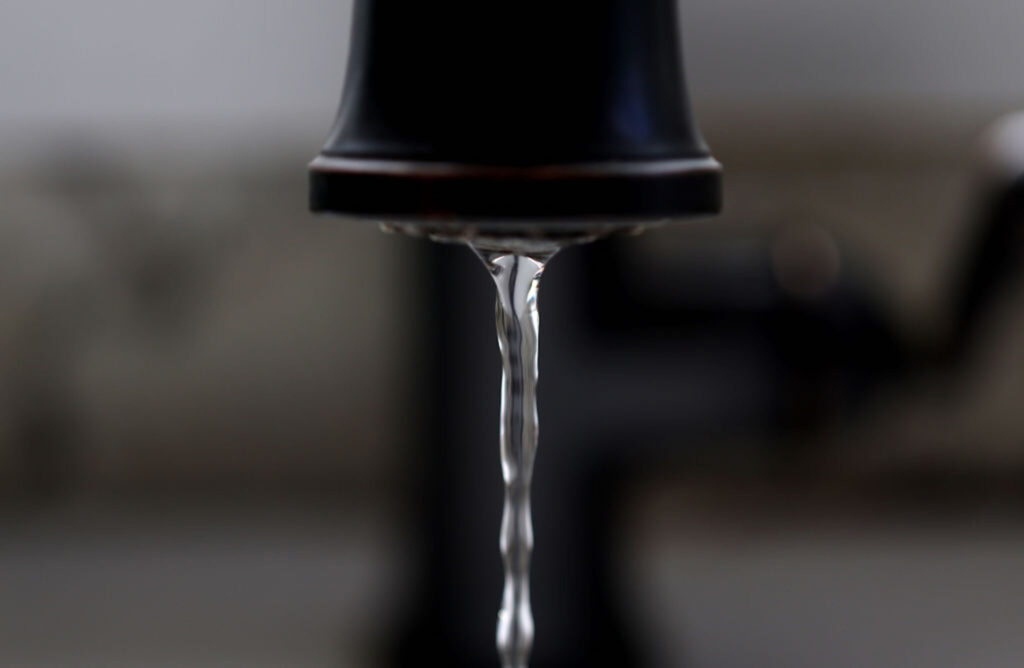
Per and polyfluorinated alkyl substances, or PFAS, are chemicals that linger in the body and are linked to health issues like cancer, obesity, liver damage, decreased fertility, thyroid disease, high cholesterol and hormone suppression. (Photo Illustration by Justin Sullivan/Getty Images)
Among many striking observations I’ve heard from those affected by per- and polyfluoroalkyl substances (PFAS), one from a farmer who had to abandon his contaminated land and home stands out: “I am unlucky that this happened to me,” Adam Nordell observed, “but I am lucky since it did that it happened in Maine.”
Farmers and consumers in Maine are indeed fortunate that the state has mobilized a concerted PFAS response, investing more than $200 million to date—much of it spent working to ensure that local foods are not laced with these persistent chemicals. But public health should not be a matter of geographic good fortune: every American deserves access to a clean environment.
Thirty states have now adopted measures related to PFAS while 22 have set standards to control these chemicals in drinking water. For residents of other states, the only protection from PFAS may come—if there is no regulatory rollback—when the U.S. Environmental Protection Agency’s (EPA’s) new federal maximum contaminant levels for six PFAS in drinking water take full effect in 2029.
In some settings, residents cannot even get basic information on PFAS from their state agencies: a recent analysis by the PFAS Project Lab found that four states still don’t mention PFAS on their websites. Roughly a dozen states have failed to post updated information about the EPA’s drinking water guidance.
The EPA has not yet taken action to prevent contamination from PFAS-laden sludge, and for states like Maine and Connecticut that have banned this practice, local action is only a partial fix. A recent study of food consumption patterns in New England states found that 96% of the food Mainers buy comes from outside the state or region. Without action by the EPA, residents across the U.S. are at risk of consuming tainted foods. Nationwide, 31% of the PFAS-laden sewage sludge generated is still applied to agricultural lands.
Nor can states fully protect residents from PFAS in drinking water. Global concerns are growing about TFA (trifluoroacetic acid), a fluorinated compound from pesticides, pharmaceuticals and refrigerants that now appears in many drinking water supplies (and resists current means of treatment). States can’t easily test for this compound because it’s not on the federally certified testing protocol (the EPA does not define TFA as a PFAS). While acknowledging that there are no safe levels of certain PFAS, the agency defines each compound on a “case-by-case” basis, with no consistency, even among its own internal programs.
Lack of federal action leaves states unable to fully shelter their residents from persistent chemicals still in widespread production. And now, the future of federal support is in jeopardy. Project 2025, the blueprint for the incoming administration, proposes to deregulate PFAS—reversing recent measures enacted to recognize two PFAS as hazardous substances and to protect drinking water from these pernicious chemicals.
A version of this piece first appeared in Marina Schauffler’s Substack newsletter ContamiNation.

